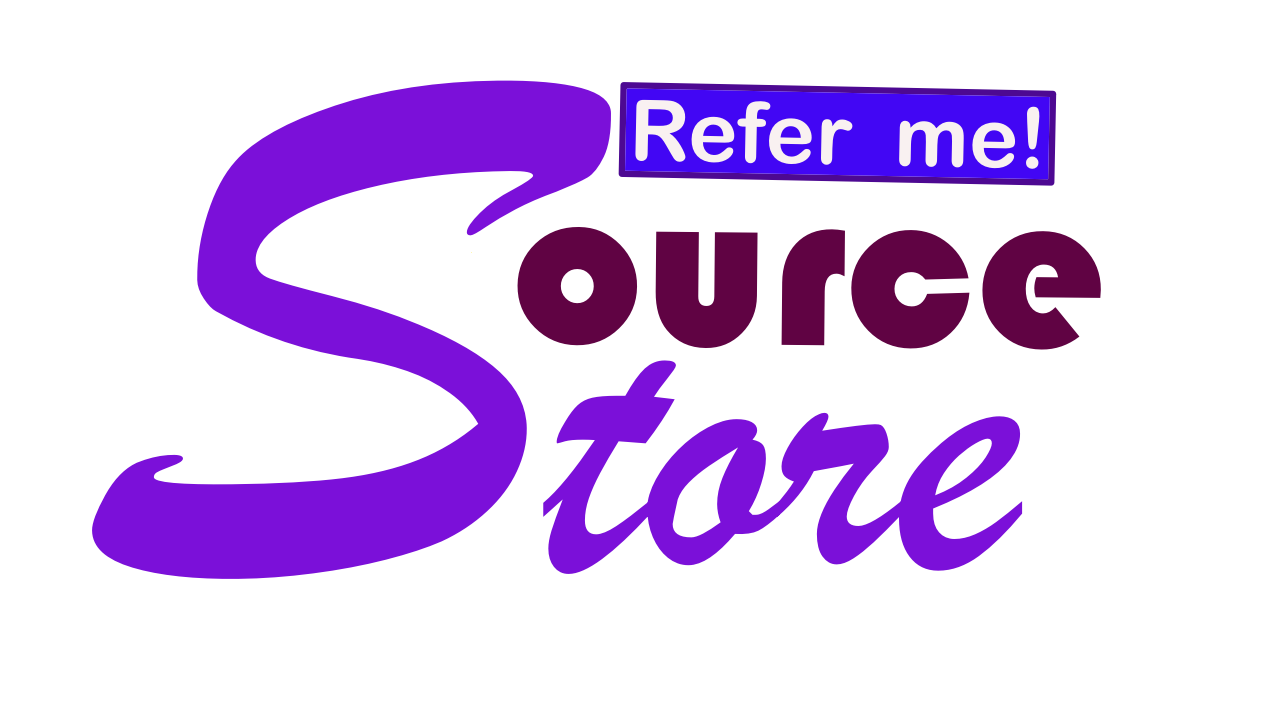Introduction:
Blockchain technology has gained significant attention in recent years, primarily due to its association with cryptocurrencies like Bitcoin and Ethereum. However, the true potential of blockchain extends far beyond digital currencies. With its decentralized and immutable nature, blockchain has the power to transform industries and revolutionize the way we conduct transactions, manage data, and establish trust. In this article, we will delve into the fascinating world of blockchain, exploring its inner workings, real-life examples, and the groundbreaking applications that are reshaping various sectors.
Understanding Blockchain:
At its core, blockchain is a decentralized, distributed ledger that records transactions across multiple computers. It operates through a network of nodes, each maintaining a copy of the entire blockchain. When a new transaction occurs, it is added to a "block" containing a collection of transactions. Each block is linked to the previous one, forming a chain of blocks, hence the name "blockchain." This chain of blocks creates an immutable record of all transactions, ensuring transparency, security, and accountability.
Real-life Example: Bitcoin, the first decentralized cryptocurrency, relies on blockchain technology to record and validate transactions. Every Bitcoin transaction is stored on the blockchain, making it transparent and resistant to manipulation.
Blockchain Beyond Cryptocurrencies:
1. Supply Chain Management:
Blockchain has the potential to revolutionize supply chain management by increasing transparency, traceability, and efficiency. With blockchain, every step of a product's journey can be recorded, ensuring authenticity, reducing fraud, and enhancing consumer trust. This is particularly crucial for industries like food, pharmaceuticals, and luxury goods, where provenance and quality are paramount.
Real-life Example: Walmart partnered with IBM to implement a blockchain-based system to trace the origin and movement of food products, allowing for quick identification and mitigation of potential contamination or recalls.
2. Financial Services:
Blockchain can potentially disrupt the traditional financial industry by providing faster, more secure, and more cost-effective transactions. Through smart contracts, blockchain eliminates intermediaries, automates processes, and reduces the risk of fraud. Additionally, blockchain-based cryptocurrencies offer financial inclusion for the unbanked population, enabling access to digital financial services.
Real-life Example: Ripple, a blockchain-based platform, facilitates fast and low-cost cross-border transactions, revolutionizing the remittance industry and providing an alternative to traditional banking systems.
3. Healthcare Data Management:
Blockchain can address the challenges of data security, interoperability, and privacy in the healthcare industry. By creating a secure and decentralized system, blockchain can ensure the integrity of patient records, enable seamless data sharing between healthcare providers, and empower patients with control over their medical data. This improves healthcare outcomes, enables personalized medicine, and enhances research capabilities.
Real-life Example: The MedRec project, developed by MIT, utilizes blockchain technology to create a patient-centric medical record system, ensuring privacy, data integrity, and interoperability among healthcare providers.
4. Voting Systems:
Blockchain has the potential to revolutionize voting systems by providing transparent, secure, and tamper-resistant elections. By recording votes on a blockchain, altering or manipulating the results becomes virtually impossible. Additionally, blockchain-based voting systems can increase turnout, streamline the voting process, and reduce costs associated with traditional voting methods.
Real-life Example: The West Virginia Secretary of State's Office piloted a blockchain-based voting platform for military personnel overseas, allowing secure and transparent voting in the 2018 primary elections.
Challenges and Future Implications:
While blockchain holds immense promise, it also faces challenges that must be addressed for widespread adoption. Scalability, energy consumption, regulatory frameworks, and interoperability are among the key issues that need to be resolved to unlock the full potential of blockchain technology.
Looking ahead, blockchain has the potential to disrupt numerous industries, transforming the way we conduct transactions, share data, and establish trust. As organizations and governments continue to explore its applications, we can expect to see innovative solutions that enhance efficiency, transparency, and security across various sectors.
Conclusion:
Blockchain technology is far more than just the underlying technology of cryptocurrencies. It is a revolutionary concept that has the power to reshape industries and redefine how we interact with data, transactions, and trust. From supply chain management and financial services to healthcare data management and voting systems, blockchain offers a decentralized, transparent, and secure approach to addressing complex challenges. As we continue to explore the potential applications of blockchain, the world holds exciting possibilities for a more efficient, transparent, and equitable future. Embracing blockchain technology is not just about cryptocurrencies—it is about embracing a paradigm shift towards a decentralized and trust-based society.

